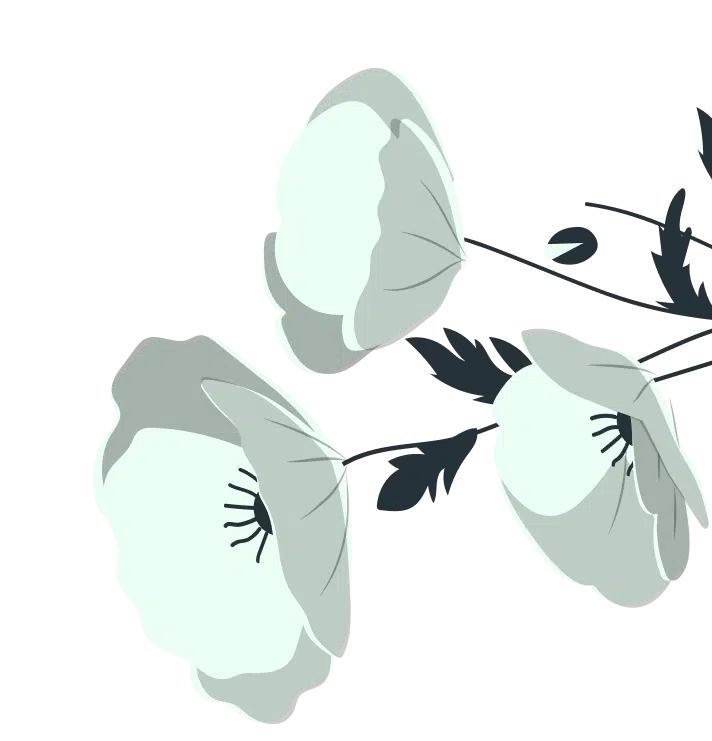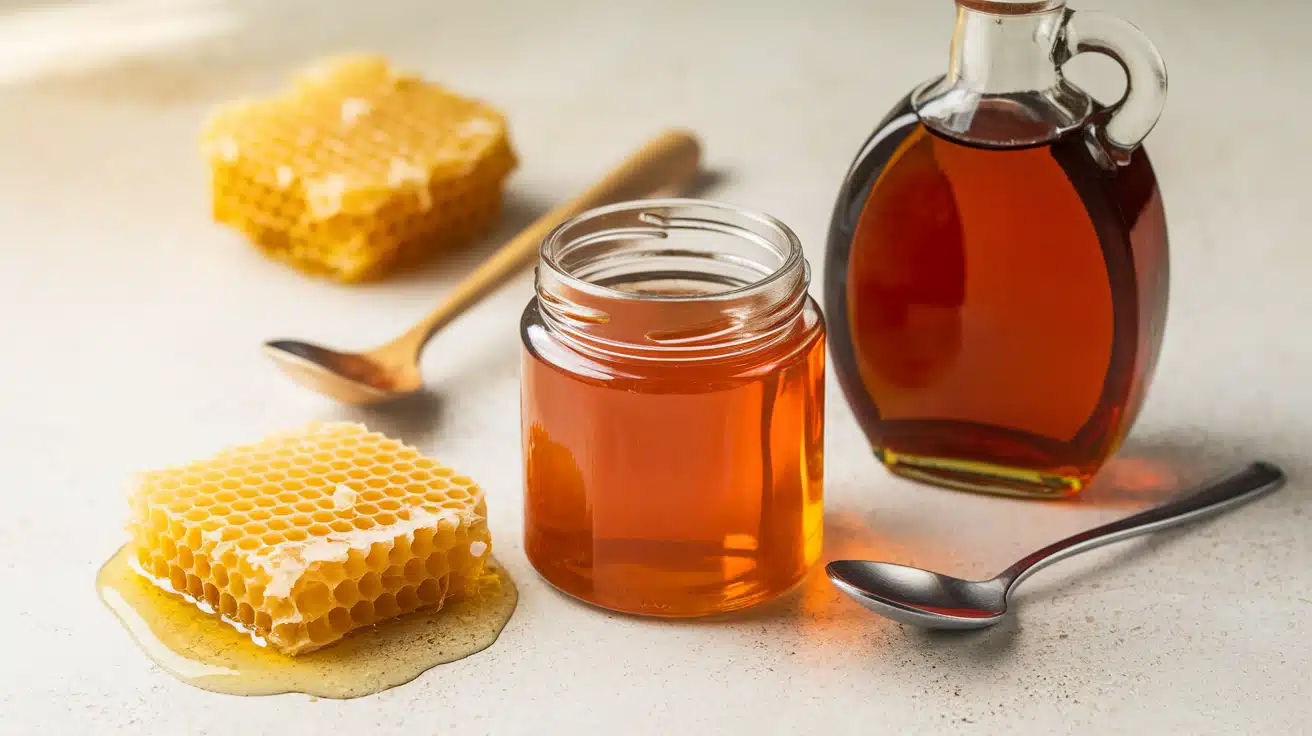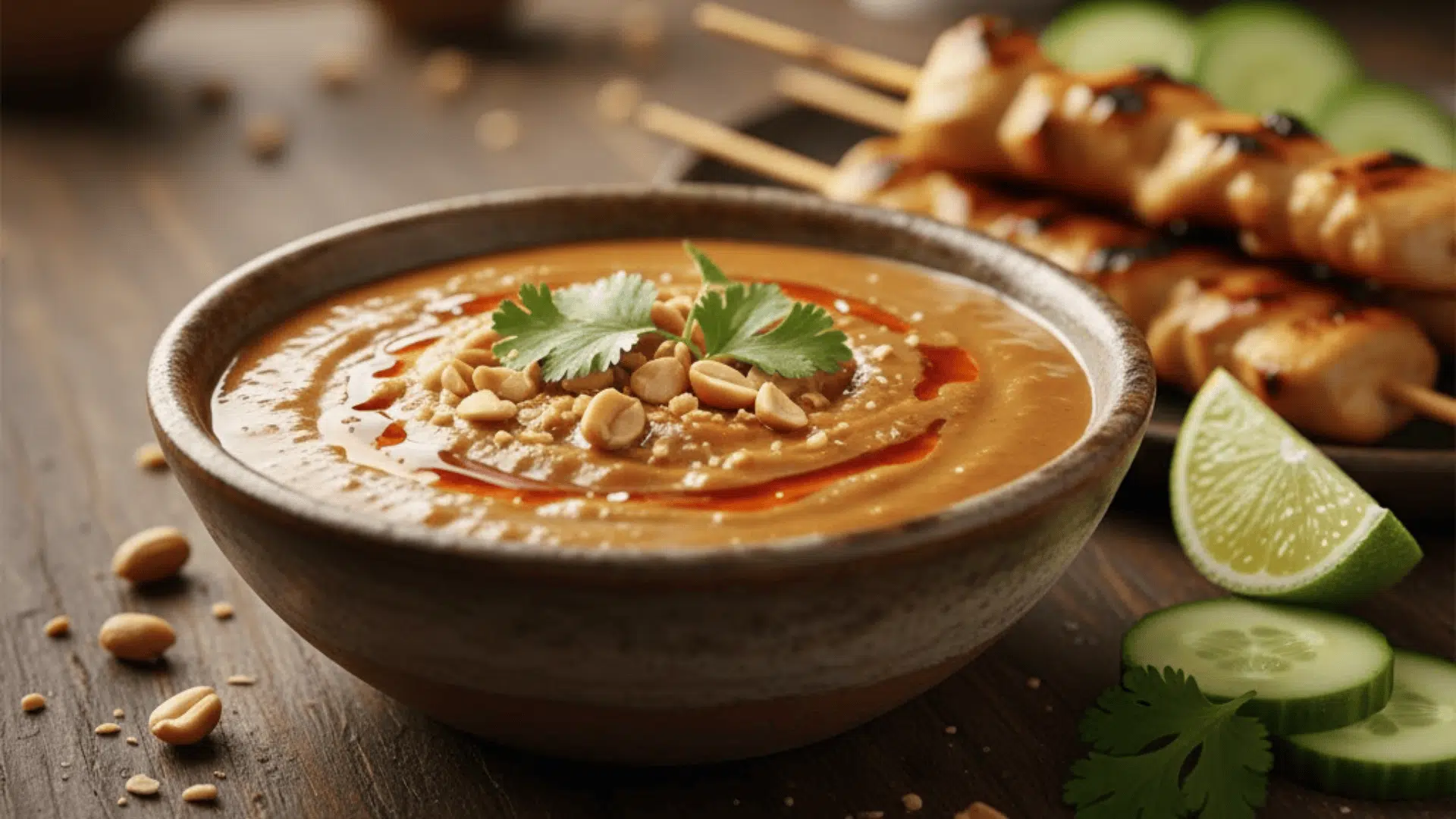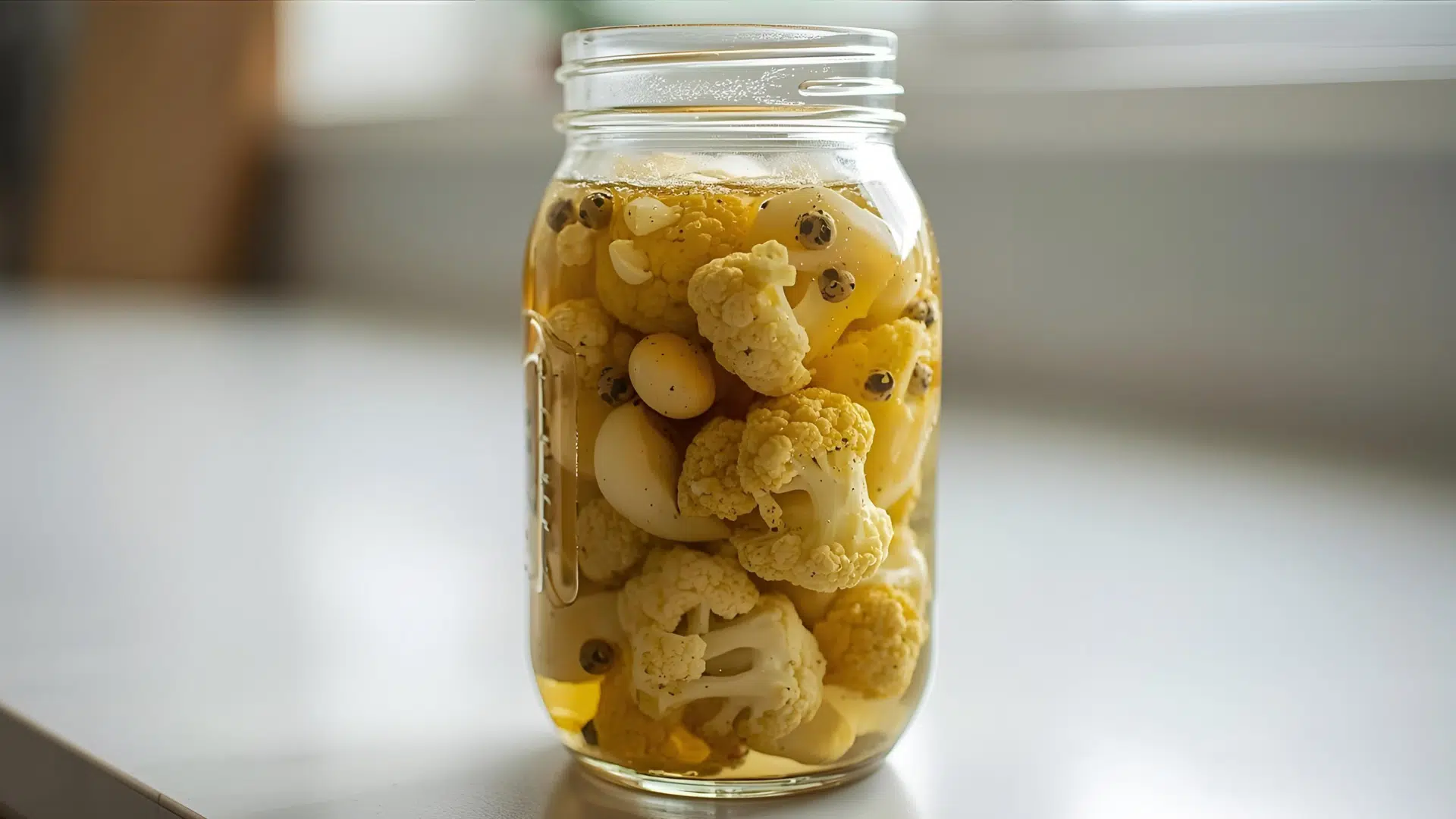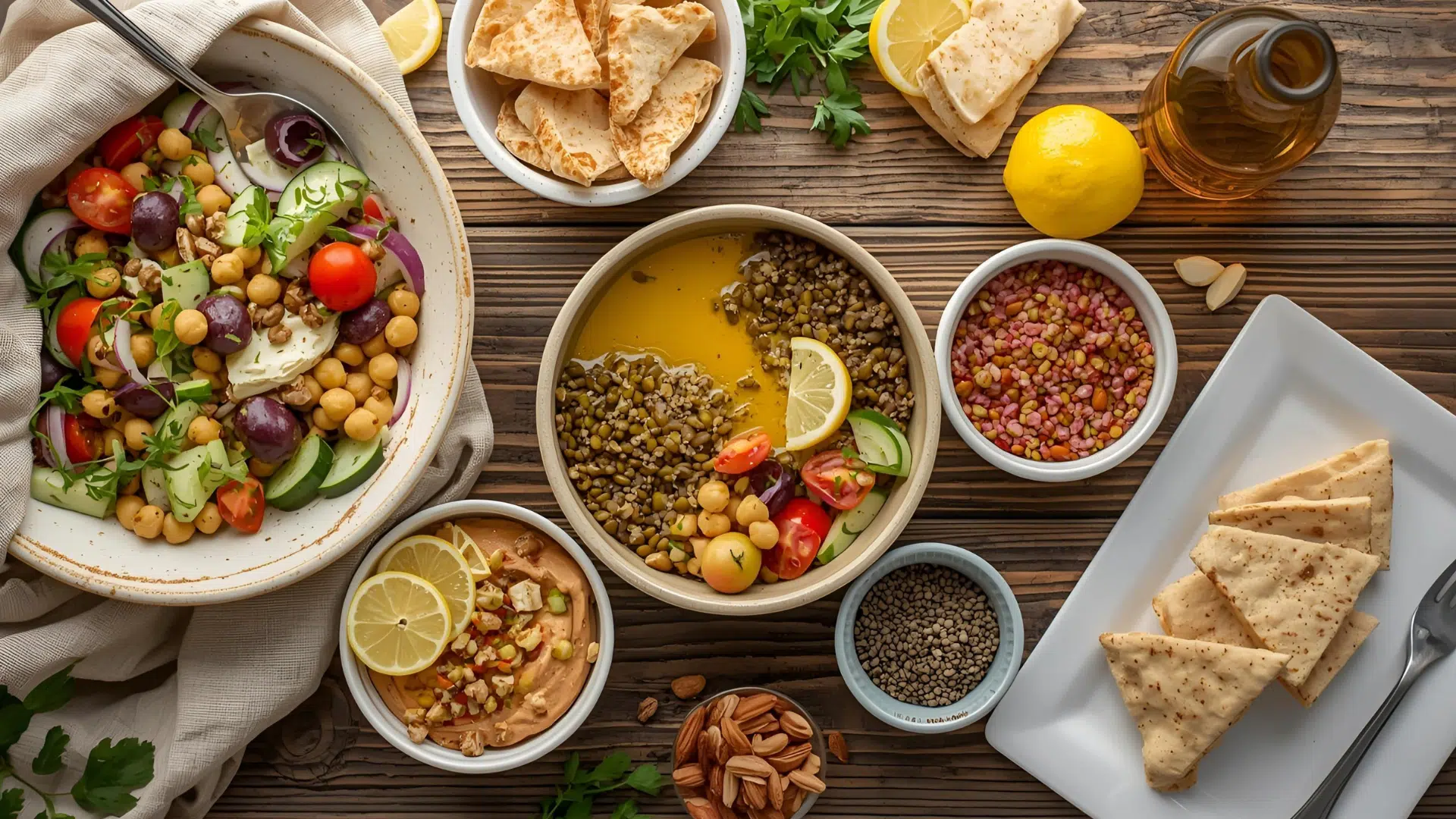Are you trying to figure out whether honey or maple syrup is the better choice for your meals? Both are natural sweeteners, but they offer different health benefits and flavors.
In this blog, I’ll compare the two, highlighting their nutritional value, health advantages, and which is better for your diet.
By the end, you’ll know which one works best for you, whether you care more about controlling your blood sugar, boosting your antioxidants, or finding the perfect flavor for your dishes.
Continue reading to find which sweetener best suits your needs!
Nutritional Differences Between Honey and Maple Syrup
In this section, we compare the key dietary differences between honey and maple syrup, focusing on glycemic index, vitamins, minerals, antioxidants, and calorie content.
1. Glycemic Index: Which is Better for Blood Sugar?
The glycemic index (GI) measures how quickly foods raise blood sugar levels. Maple syrup has a lower GI than honey, meaning it causes a slower increase in blood sugar.
This makes maple syrup a better choice for people managing blood sugar levels, such as those with diabetes. However, both should be consumed in moderation, as they still contain sugars that can impact blood glucose.
2. Vitamin and Mineral Content
Honey and maple syrup both offer beneficial nutrients. Honey is rich in vitamins like vitamin C and B6, which support immune health and metabolism.
Maple syrup, on the other hand, is a great source of minerals such as calcium, potassium, and manganese. These minerals contribute to strong bones, heart health, and overall well-being. While honey provides more vitamins, maple syrup offers more minerals that support various bodily functions.
3. Antioxidants in Honey vs Maple Syrup
Honey contains high levels of antioxidants, particularly phenolic acids, which help reduce inflammation and protect cells from damage.
Maple syrup also has antioxidant properties, particularly from its manganese content, which supports the body’s defense system.
Both sweeteners provide antioxidant benefits, but honey’s antioxidant content is generally higher, making it a better option for boosting overall health and reducing oxidative stress.
4. Calories and Sugar Content Comparison
Both honey and maple syrup are high in natural sugars, but maple syrup has slightly fewer calories and sugar per tablespoon compared to honey.
One tablespoon of honey contains about 64 calories and 17 grams of sugar, while maple syrup contains 52 calories and 12 grams of sugar. For individuals monitoring their sugar intake, maple syrup may be a better option, but both should still be consumed sparingly.
Health Benefits of Honey and Maple Syrup


This section explains the health benefits of honey and maple syrup, highlighting their unique properties and suitability for different health needs.
Honey’s Health Advantages
Honey offers a variety of health benefits due to its natural properties. It’s packed with antioxidants that help fight oxidative stress.
Additionally, honey has antibacterial properties, making it a great natural remedy for wounds and infections. It also soothes sore throats and can aid digestion.
With its rich nutritional content, honey is a healthy alternative to refined sugar when consumed in moderation.
Maple Syrup’s Health Benefits
Maple syrup provides several health benefits, making it more than just a sweetener.
- Rich in minerals: It contains essential minerals like manganese, zinc, and calcium, which support bone health.
- Reduces inflammation: Its antioxidants help reduce inflammation and support immune function.
- Promotes heart health: The minerals and antioxidants in maple syrup contribute to overall heart health by reducing oxidative stress.
Overall, maple syrup is a great choice for those seeking a natural, mineral-rich sweetener.
Which Sweetener is Better for Diabetes and Blood Sugar Management?
When it comes to managing blood sugar, maple syrup may be the better choice due to its lower glycemic index.
Maple syrup causes a slower rise in blood sugar levels compared to honey, which can be beneficial for individuals with diabetes.
However, both sweeteners contain natural sugars and should still be consumed in moderation. It’s important for individuals to monitor their overall sugar intake, regardless of the sweetener they choose.
Taste and Culinary Uses of Honey and Maple Syrup
This section highlights the unique flavors and culinary applications of honey and maple syrup, helping you choose the right one for your recipes.
Flavor and Texture Differences
Both honey and maple syrup have distinct flavors and textures that suit different culinary uses.
- Honey: It has a thicker consistency and a floral, sometimes fruity flavor, making it ideal for baked goods, marinades, and dressings.
- Maple Syrup: It’s thinner with a rich, earthy flavor, perfect for breakfast dishes like pancakes and waffles, as well as glazes and sauces.
Best Uses for Honey
Honey is a versatile ingredient that works well in many recipes:
- Baking: Adds moisture and sweetness to cakes, muffins, and bread.
- Smoothies: Perfect for adding natural sweetness and antioxidants.
- Marinades and dressings: Its thick texture helps to create smooth, flavorful sauces.
Honey is also a great addition to teas, oatmeal, or as a topping for yogurt and fruit.
Best Uses for Maple Syrup
Maple syrup is best known for its unique flavor and fluid texture.
- Pancakes and Waffles: A classic topping that enhances breakfast flavors.
- Glazes: Ideal for glazing meats like ham or chicken for a sweet and savory flavor.
- Desserts: Adds depth to ice cream, cakes, and pies.
Its subtle sweetness also pairs well in savory recipes, including roasted vegetables and salads.
Choosing the Right Sweetener for Your Recipes
Choosing between honey and maple syrup depends on the dish and desired flavor:
- For baked goods: Honey’s thick texture and floral notes enhance cakes, muffins, and bread.
- For breakfast: Maple syrup’s smooth texture and rich, earthy flavor are perfect for pancakes and waffles.
- For health-conscious recipes: Maple syrup may be the better choice due to its lower glycemic index.
Comparison Table: Raw Honey vs Processed Maple Syrup
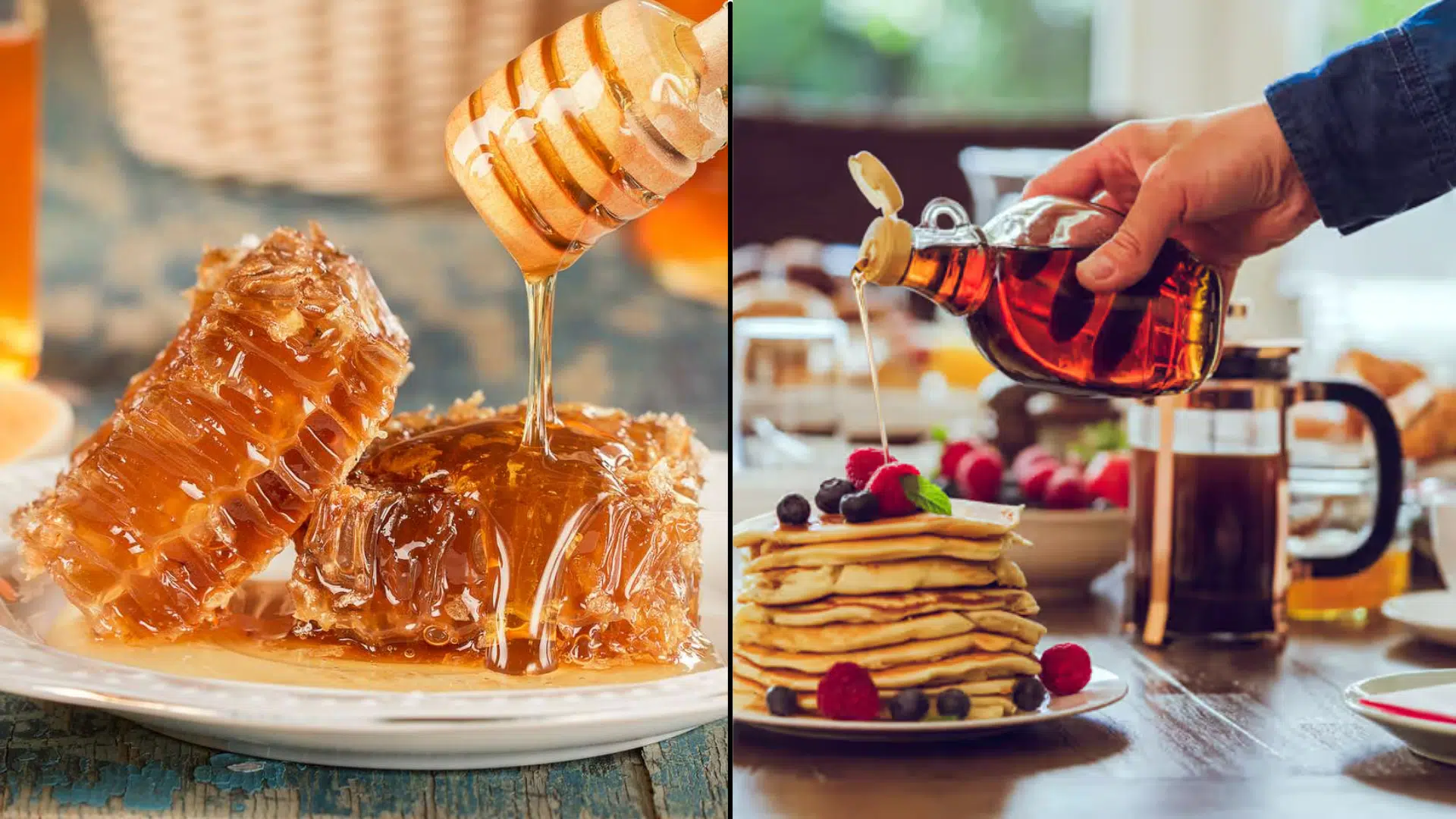

This section compares the benefits of consuming raw honey and pure maple syrup, helping you decide which is healthier.
| Aspect | Raw Honey | Processed Maple Syrup |
| Nutritional Content | Higher in antioxidants, enzymes, and vitamins | Reduced mineral and antioxidant content due to processing |
| Flavor | More decadent, more complex flavors due to natural compounds | Milder, less complex flavor due to processing |
| Health Benefits | Supports immune health, digestive aid, and anti-inflammatory | Provides minerals like manganese and calcium, supports bone health |
| Processing | Unfiltered and unheated, preserving nutrients | Heated and filtered, losing some beneficial compounds |
| Best Use | Ideal for direct consumption, smoothies, and baking | Ideal for pancakes, glazes, and breakfast dishes |
Sustainability and Ethical Considerations in Production
This section covers the environmental and ethical factors involved in honey and maple syrup production, helping you make more sustainable choices.
Honey Production and Bee Health
Honey production raises several ethical concerns, particularly regarding the health of bees. Commercial beekeeping often involves practices like hive relocation and the use of chemicals, which can harm bee populations.
Additionally, some beekeepers practice methods such as taking honey from hives and replacing it with sugar water, which can reduce the bees’ natural food supply.
Ethical beekeepers focus on sustainable practices that prioritize bee health, such as avoiding pesticides and providing bees with adequate food sources to thrive naturally.
Sustainability of Maple Syrup Production
Maple syrup production also has environmental implications, primarily in the way trees are tapped. Over-tapping maple trees can weaken them, potentially leading to lower sap yields and tree health issues.
However, responsible maple syrup producers use sustainable practices, such as tapping trees in moderation and ensuring that sap harvesting does not damage the forest ecosystem.
Additionally, many producers are focusing on reducing their environmental footprint by using renewable energy sources and minimizing waste during the syrup production process. This makes choosing responsibly sourced maple syrup a more sustainable option.
Which One Should You Choose?
When deciding between honey and maple syrup, the best choice depends on your health needs and dietary preferences.
For those managing blood sugar levels, maple syrup is a better option due to its lower glycemic index, causing a slower rise in blood sugar.
Honey, however, is a rich source of antioxidants, making it an excellent choice for overall health. If you’re looking for a sweetener with more vitamins and minerals, maple syrup may be your go-to, while honey offers additional immune-boosting properties.
Ultimately, both can be part of a balanced diet when consumed in moderation.
Conclusion
Now that you’ve learned the key differences between honey and maple syrup, you can confidently choose the best one for your needs.
If you’re looking for a sweetener with more antioxidants or one with a lower glycemic index, both offer unique health benefits. Just remember to enjoy them in moderation.
If you’re curious about other healthy sweeteners or food choices, check out my different blogs for more helpful tips. I’m here to guide you in making informed decisions that align with your lifestyle and health goals.


